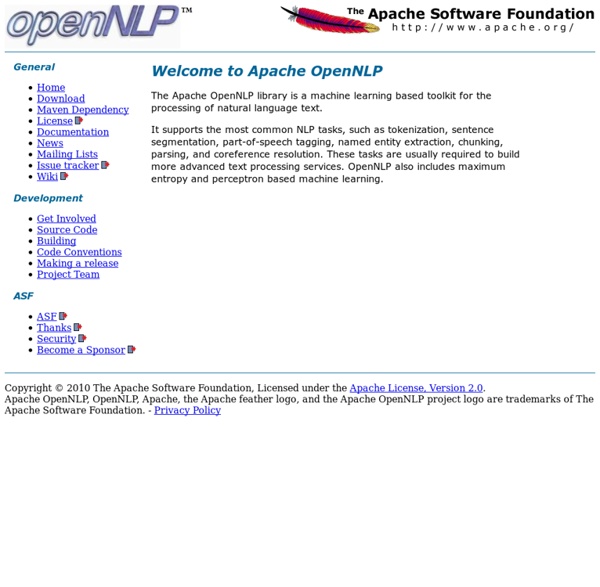



Apprentissage artificiel : Évaluation de l’apprentissage – Estimation des risques Par: Benoît TROUVILLIEZ Introduction Un nouveau volet de notre saga de billets sur l’apprentissage artificiel. Dans celui-ci, nous allons discuter du moyen d’évaluer un apprentissage par l’estimation des risques. Nous voyons en quoi l’induction faite par le système apprenant peut conduire à une situation de mauvais apprentissage soit par une induction trop faible, soit au contraire par une induction trop forte. D’un exemple pratique… Nous allons commencer par un peu de pratique, ce qui va nous permettre d’introduire naturellement les deux pièges classiques de l’apprentissage. Et nos trois séparateurs “acceptables” avec ces six instances Comme nous l’avons évoqué dans le précédent billet, l’enjeu est de trouver un biais inductif capable à partir de quelques exemples de classer au mieux n’importe quel point et non pas seulement ceux connus lors de l’apprentissage. Supposons que le biais inductif retenu pour l’apprentissage, nous fasse choisir le séparateur bleu. … à la définition des risques
Apache Lucene - Welcome to Apache Lucene Text Analysis API Saplo API gives you the possibility to build applications upon our text analysis technology platform. Take a look at our Text Analysis API documentation. Through the API you gain access to: Through Saplo API it's possible to automatically extract entities found in text. This service can automatically define the meaning of words and identify each tag as a company, person or location. Support is implemented for English and Swedish texts though new languages can be added on demand. Inspiration & Ideas: Create theme sites. With Saplo API it is possible to identify how articles are semantically related to each other. Cross link entire websites. Saplo context API gives you the possibility to define personalized textual contexts that are possible to match against any type of text. Firstly, create a context by defining texts that are typically descriptive for the context you aim at creating. Secondly, compare any text to your recently created contexts and Saplo will recognize and rank similar text.
GATE.ac.uk - index.html Apache UIMA - Apache UIMA Natural Language Toolkit — NLTK 3.0 documentation Software - The Stanford Natural Language Processing Group The Stanford NLP Group makes some of our Natural Language Processing software available to everyone! We provide statistical NLP, deep learning NLP, and rule-based NLP tools for major computational linguistics problems, which can be incorporated into applications with human language technology needs. These packages are widely used in industry, academia, and government. This code is actively being developed, and we try to answer questions and fix bugs on a best-effort basis. All our supported software distributions are written in Java. These software distributions are open source, licensed under the GNU General Public License (v3 or later for Stanford CoreNLP; v2 or later for the other releases). Questions Have a support question? Feedback, questions, licensing issues, and bug reports / fixes can also be sent to our mailing lists (see immediately below). Mailing Lists We have 3 mailing lists for this tool, all of which are shared with other JavaNLP tools (with the exclusion of the parser).
Top 8 Tools for Natural Language Processing English text is used almost everywhere. It would be the best if our system can understand and generate it automatically. However, understanding natural language is a complicated task. It is so complicated that a lot of researchers dedicated their whole life to do it. Nowadays, a lot of tools have been published to do natural language processing jobs. OpenNLP: a Java package to do text tokenization, part-of-speech tagging, chunking, etc. *PCFG: Probabilistic Context Free Grammar
Natural Language Interface to Database using SIML Introduction An introductory article on implementing a simple Natural Language Interface to a Database using SIML which is a Markup Language designed for Digital Assistants, Chatbots and NLI for Databases, Games and Websites. Prerequisites If SIML is new to you I recommend reading the following articles. Knowledge of C#, SQL and SIML (pronounced si mal) is a must before proceeding with this article.. Note: If you do not go through the aforementioned articles you may not be able to grasp the content of this article. Unless stated otherwise Natural Language Interface, NLI, LUI or NLUI maybe used interchangeably in this article. The Setup Here's the idea So firstly create a WPF application and call it NLI-Database. Before we hop in we'll have to add a reference to the Syn.Bot class library in our Project. Hide Copy Code Install-Package Syn.Bot Once that's done we'll have the Bot library in our Project. Now the Database.. Again, in the Package Manager Console type Install-Package System.Data.SQLite
English2SQL Main Page How to build ANTLR itself · antlr/antlr4 Wiki See also Deploying ANTLR mvn artifacts. Most programmers do not need the information on this page because they will simply download the appropriate jar(s) or use ANTLR through maven (via ANTLR's antlr4-maven-plugin). If you would like to fork the project and fix bugs or tweak the runtime code generation, then you will almost certainly need to build ANTLR itself. There are two components: the tool that compiles grammars down into parsers and lexers in one of the target languagesthe runtime used by those generated parsers and lexers. As of 4.4, we use a Python script in the main directory called bild.py, which will bootstrap by pulling in the bilder.py library. I will assume that the root directory is /tmp for the purposes of explaining how to build ANTLR in this document. Get the source The first step is to get the Java source code from the ANTLR 4 repository at github. Compiling First, let's make sure everything is clean just out of habit: /tmp/antlr4 $ . Compiling the source code is easy: .